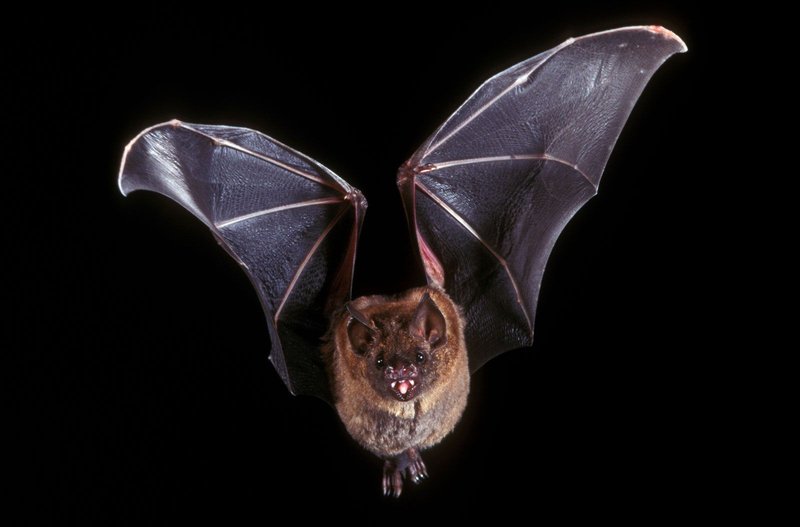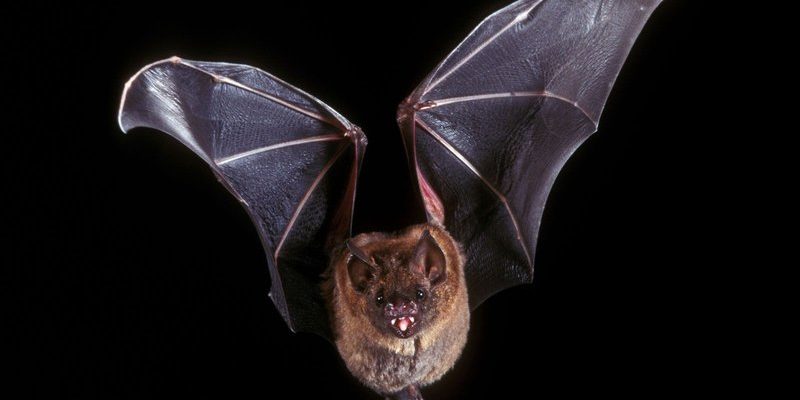
Bats aren’t just flying mammals with wings; they’re intricate players in our ecosystem. From pollinating plants to controlling insect populations, these creatures contribute more than we often realize. It’s tempting to overlook their importance, but understanding their role can help us appreciate the complex web of life we share. So, grab your favorite drink, settle in, and let’s explore the vital contributions of bats.
Bats and Insect Control
One of the most significant roles bats play is in controlling insect populations. Imagine taking a quiet evening stroll only to be swarmed by mosquitoes. Not a pleasant thought, right? Thankfully, bats help keep those pesky bugs in check. Many bat species can consume thousands of insects in just one night.
For instance, a single little brown bat can eat up to 1,200 mosquitoes in an hour! That’s a lot of buzzing bugs saved from bothering you on your picnic. By keeping insect populations under control, bats help farmers protect crops and save money on pesticide use. Picture a farmer smiling happily while his fields flourish—and you’ll start to grasp the importance of these little bat buddies.
Moreover, bats don’t just munch on mosquitoes. They also feed on beetles, moths, and other insects that might wreak havoc on your garden. This natural pest control reduces the need for chemical pesticides, which can harm other wildlife and the environment.
Pollination: Bats as Flower Helpers
You might be surprised to learn that bats are also excellent pollinators. Yes, you read that right! Just like bees, some bats help plants reproduce by transferring pollen from one flower to another. Imagine bats zipping through the night, sipping nectar from flowers and assisting in the growth of fruit and plants. Without them, some of our favorite fruits might be in jeopardy.
For example, the long-nosed bat is a key pollinator for agave plants, which are used to make tequila. Think of how many parties might be missing their margaritas if these bats didn’t do their thing! Other plants, like bananas and guavas, also depend on bat pollination. If you appreciate fresh fruit, then you owe a thank-you to bats.
Pollination doesn’t just benefit humans; it also supports entire ecosystems. By helping plants reproduce, bats ensure that food sources are available for other animals, creating a biodiversity that strengthens our environment.
Seed Dispersal: Bats as Nature’s Planters
Bats don’t just help flowers grow; they also assist in spreading seeds. When bats eat fruits, they consume the seeds and later excrete them in different locations. This is nature’s way of planting! Think of bats as little gardeners, helping forests expand by spreading seeds far and wide.
Some trees, like the durian and the fig, rely heavily on bats for seed dispersal. Without bats, these trees might struggle to grow in new areas, limiting their population. By helping trees thrive and spread, bats play a direct role in maintaining forest ecosystems. A healthy forest means a thriving habitat for countless other animal species, creating a balanced environment.
This process is especially critical in tropical regions, where deforestation threatens ecosystems. Bats can help restore these areas by distributing seeds, aiding reforestation efforts. They are essential to both the health of the planet and our ability to combat climate change.
The Impact of Bats on Agriculture
Bats significantly impact agriculture, and their contributions go beyond just pest control. They help maintain healthy crops, which is vital for food production. When bats keep insect populations in check, it reduces crop damage, allowing for better yields.
Farmers who notice bats in their fields often see a boost in their produce. In normal conditions, bats can save farmers millions of dollars each year by reducing the need for synthetic pesticides. Think about it: a few flying friends can make a world of difference for our agriculture.
Bats also contribute to the ecosystem by helping to maintain biodiversity. An abundance of insects means more food sources for birds and other wildlife. Healthy ecosystems lead to robust agricultural systems that can better withstand diseases and climate changes. It’s a win-win.
Health Benefits: Bats and Disease Control
It might seem odd to think of bats as health allies, but they play a role in controlling disease spread. Mosquitoes and other bugs can transmit diseases like West Nile virus and Zika. By keeping their populations in check, bats help reduce the risk of humans contracting these illnesses.
Their role in maintaining a balanced ecosystem further benefits our health. A healthy environment is less likely to suffer from rampant diseases, which can affect both wildlife and humans. Bats actively participating in parasite control can help lower the chances of outbreaks.
When we protect bat populations, we’re also protecting our health and the health of the planet. It’s quite the interconnected web, isn’t it?
Threats to Bat Populations
Despite their importance, bat populations are declining worldwide due to habitat loss, climate change, and diseases like White-nose syndrome. This fungal disease has devastated bat communities in North America, wiping out entire colonies in some areas. It’s heartbreaking to think that our little superheroes are struggling.
Habitat destruction, whether from urban development or deforestation, limits where bats can live and feed. Protecting their habitats and raising awareness about their importance can help ensure they continue to thrive.
Conservation efforts are essential for preserving bat populations. Supporting local initiatives and educating others about bats can help turn the tide for these creatures. We have the power to safeguard future generations of bats and maintain the balance they bring to our ecosystem.
Bats might seem like an afterthought in discussions about wildlife, but they’re truly essential to our ecosystem. From bug busters and pollinators to natural gardeners and health protectors, these creatures have a hand in keeping our environment healthy and vibrant.
Understanding their role can help shift our perspective on bats. They’re not just spooky figures in the night; they’re an integral part of nature’s complex web. By supporting bat-friendly practices and protecting their habitats, we’re not just helping bats; we’re helping ourselves and the earth.
Next time you’re outside at dusk, take a moment to appreciate the little bats flying overhead. They’re busy doing important work, and their efforts help ensure that our world remains a balanced and thriving place.

